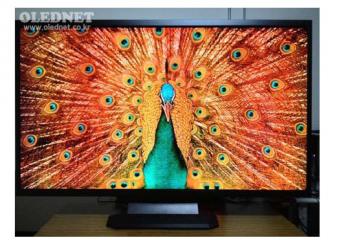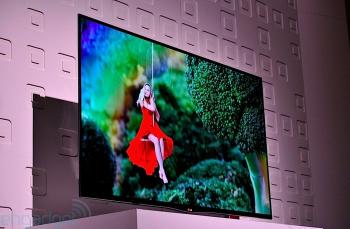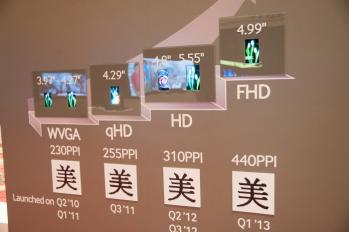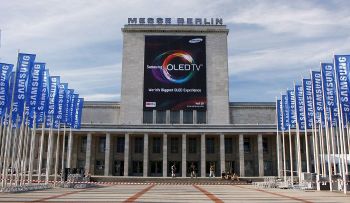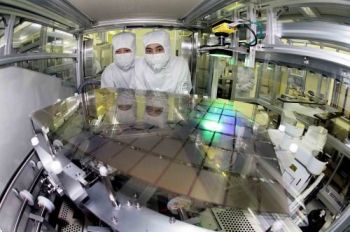LG Display confirms flexible OLEDs in production, monthly production capacity at 6,000 Gen-4.5 substrates
In October 7, LG Display announced that it will soon start mass producing flexible OLEDs. Today we have talked with LG Display officials, and they confirmed that mass production has indeed started. The company currently makes 6" panels that weigh just 7.2 grams are are only 0.44 mm thick (only a third of the thickness of LG's thinnest mobile LCDs).
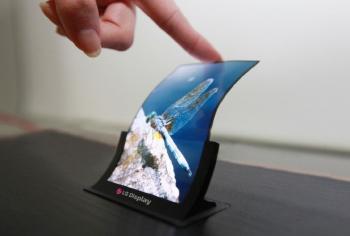
LGD updates us that the current flexible OLED production capacity in their 4.5-Gen line is 6,000 substrates a month (previously we reported that capacity will be 12,000 substrates). Perhaps the rest of the capacity is dedicated to R&D. In any case 6,000 substrates a month means almost 400,000 6" panels - assuming 100% yields. Of course yields will be lower but it seems that LGD indeed means to produce a fair share of displays and it'll be interesting how they (or other companies) adopt these panels in products.


